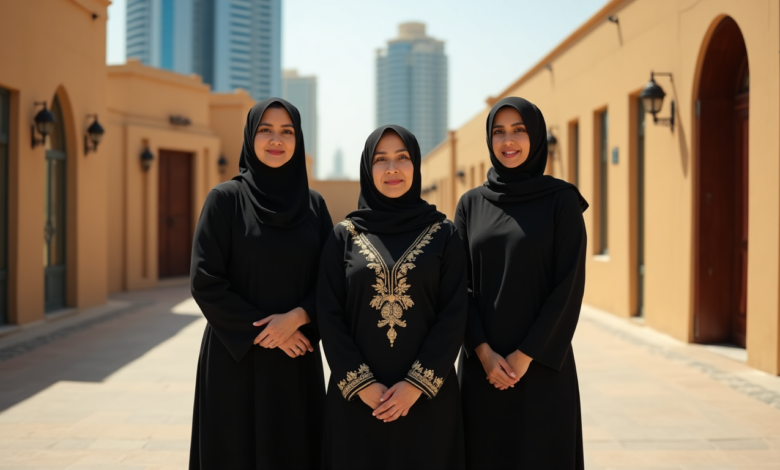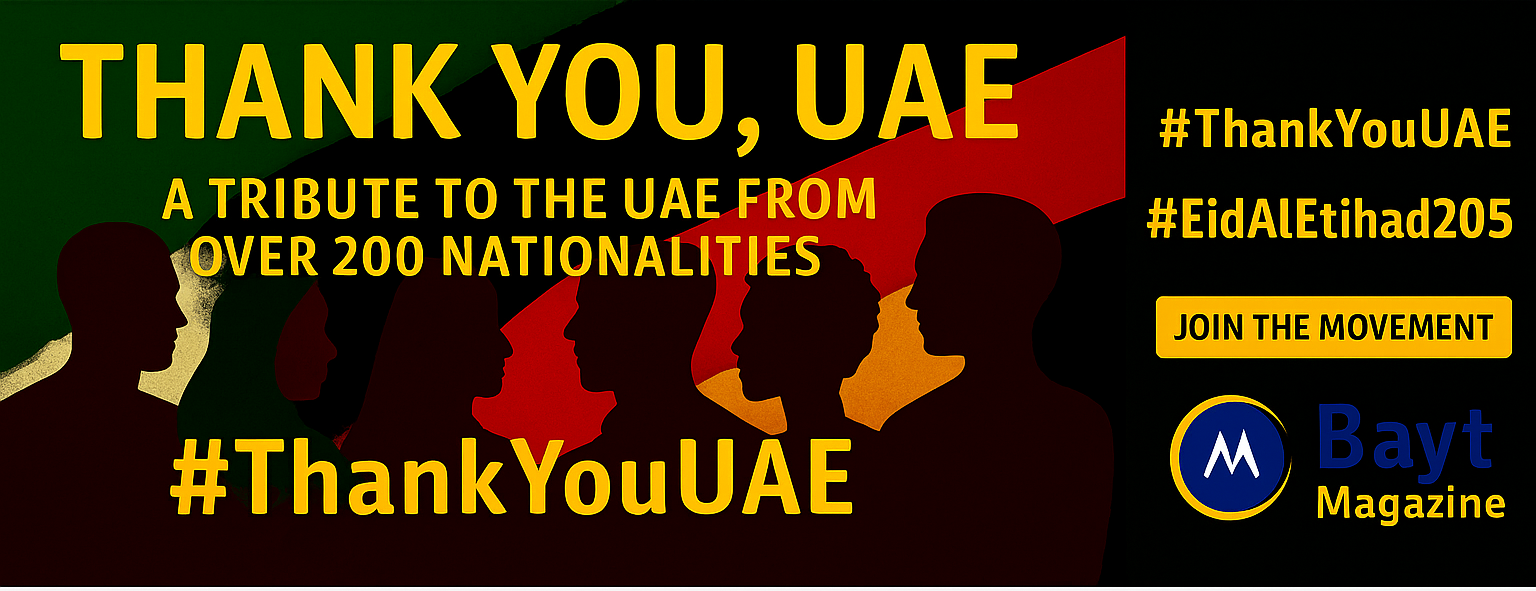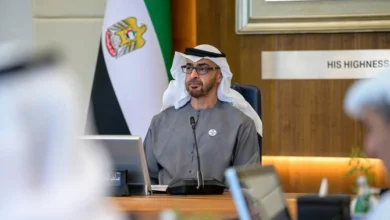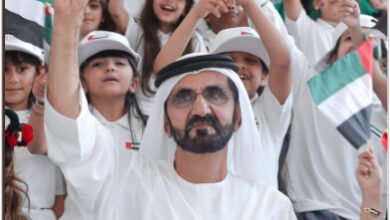
UAE Nationals Rally Against Modern Alterations to Traditional Attire
The traditional Emirati kandura is a powerful symbol of national identity and cultural pride in the UAE. Recent debates in the Federal National Council have raised concerns about preserving authentic Emirati attire as modern influences emerge. Traditional dress unites UAE citizens and promotes equality, prompting local leaders to support maintaining its pure form.
The rise of Emirati traditional dress has sparked intense discussions among community leaders and citizens. Men’s kandura designs have changed, and the term “dishdasha” has been moved to Persian “kandura” in the last 15 years. These changes reflect more profound cultural transformations. Khalid Al Tuniji, a local tailor, stresses the need to protect traditional Emirati dress’s integrity, especially when younger generations experiment with modern modifications that might stray from authentic Emirati identity.
Cultural Identity Under Pressure
The UAE’s traditional dress customs are changing fast. A recent Federal National Council session highlighted how national dress might lose its appeal among younger people. Council members now want to promote policies that protect traditional attire from fading away.
Modern Influences on Emirati Traditional Dress
Today’s fashion trends pose new challenges to the traditional Emirati kandura. Cultural observers note that young Emiratis often tweak their traditional dress with modern touches. Local tailors and citizens want to keep the kandura pure and unchanged.
Social Media Impact on Cultural Expression
Social media has altered the map of how Emiratis show their cultural identity. The UAE leads Arab countries with a 91% internet penetration rate. These digital platforms let young Emiratis share their take on traditional dress as they blend it with modern styles.
Youth Perspectives on National Attire
Young Emiratis still feel deeply connected to their traditional dress, even though there is some worry about cultural erosion. Their views on national attire tell an interesting story:
- Traditional dress gives them a sense of identity in their diverse society
- They mix tradition with modern needs by wearing kandura at work and casual clothes elsewhere
- Young professionals balance workplace safety with cultural values
Young Emirati women also blend old and new. They wear abayas over modern clothes and save traditional jalapenos for special events. This shows how the new generation keeps their culture alive while adapting to contemporary life.
Preserving Authentic Emirati Dress
Emirati traditional dress is more than just clothing—it carries centuries of cultural heritage and religious values. UAE citizens and authorities work hard to protect these authentic garments from modern changes.
Traditional Elements of UAE National Dress
The lifeblood of Emirati dress has several unique elements:
- Men’s attire has the collarless kandura with long hanging tassel, ghutrah headwear, and agal cord
- Women’s clothing traditionally includes the black abaya, worn with various head coverings, including Shayla and Vishwa.
Religious and Cultural Significance
UAE traditional dress has deep roots in Bedouin culture and Islamic principles. These garments also serve practical purposes. The white kandura reflects desert heat, while its flowing design protects it from harsh climate conditions.
Government Initiatives for Preservation
UAE government takes complete measures to protect traditional dress customs. Heritage villages, museums, and cultural centers showcase authentic Emirati attire. In addition, annual festivals like the Sheik Zayed Heritage Festival and Sharjah Heritage Days promote traditional dress awareness.
The Emirates Heritage Club and other cultural institutions research traditional clothing elements. These organizations document and preserve authentic designs so future generations stay connected to their cultural roots. Local tailoring establishments must follow specific standards to craft traditional garments and keep their authentic appearance without modern changes.
Generational Divide
Demographic and economic shifts have created a notable generational divide about traditional Emirati dress customs. Recent studies show that changing values between generations have put families under pressure as they navigate conventional and modern cultural values.
Elder Generation’s Concerns
Older Emiratis worry deeply about keeping authentic dress traditions alive. Their main concerns include:
- Young people wearing traditional dress less often
- Global fashion trends affecting local attire
- Cultural identity fading through dress changes
A senior craftsperson points out that young women are less interested in traditional dress elements because modern influences catch their attention.
Millennial Adaptations
Young Emiratis show different levels of connection to traditional dress. Studies reveal that 57% of Emirati youth believe traditional values should live on for future generations. They look for ways to give traditional attire a modern twist, and many young professionals blend cultural expression with today’s workplace needs.
Finding Middle Ground
Traditional dress changes mirror broader shifts in society. Cultural institutions now work to build bridges between generations. The Federal National Council has started researching ways to protect national identity while allowing careful updates to traditions.
The Sheik Mohammed Center for Cultural Understanding connects different generations and helps older and younger Emiratis understand each other’s perspectives. This shows that while keeping traditions matters, some updates might help traditional dress stay meaningful in today’s UAE society.
Economic and Social Impact
The UAE‘s textile and fashion industry has transformed the economy. In terms of trading volume, it is now second to oil. What started as traditional garment production now brings in AED 64.26 billion each year.
Local Tailoring Industry Changes
The tailoring world has changed dramatically, and more than 150 apparel manufacturing companies now operate in the UAE. These changes stand out:
- High-end Italian stitching blends with traditional styles
- Signature cuts create better-fitted kanduras
- New specialized accessories and modern fabric choices appear
Tourism and Cultural Identity
The UAE has established itself as a prime tourist destination, which shows in how people present traditional dress. Tourism helped boost GDP by 3.4% in three years, climbing from 11.6% in 2019 to 15%. The Dubai Design and Fashion Council works hard to help regional designers and brands catch international visitors’ attention.
Fashion Industry Progress
The fashion industry meets new market needs while staying true to its cultural roots. Luxury brands like Dolce and Gabbana, Givenchy, and Christian Dior now create collections inspired by traditional UAE styles. This rise shows significant changes as more women study fashion design at places like Zayed University.
Easy access to materials and quick fashion cycles lead to constant wardrobe updates, which differs from old practices of keeping clothes longer. This transformation affects traditional craftspeople and modern designers who try to keep authentic techniques alive while meeting today’s market needs.
Traditional Emirati dress is the lifeblood of national identity that connects past heritage with today’s reality. The UAE’s steadfast dedication to protecting authentic dress customs shines through government initiatives and community involvement. The textile and fashion sector’s growth has shaped how traditional attire adapts to modern needs while its cultural essence remains intact.
Young Emiratis know how to balance tradition with contemporary needs, while older generations worry about cultural erosion. The Sheik Mohammed Center for Cultural Understanding is key to promoting dialog between generations.
Global fashion influences and changing societal norms undoubtedly challenge the UAE’s traditional dress. Preserving authentic Emirati attire depends on collective efforts from government bodies, cultural institutions, and citizens. These combined initiatives help traditional dress stay relevant while its cultural significance lives on for future generations.




